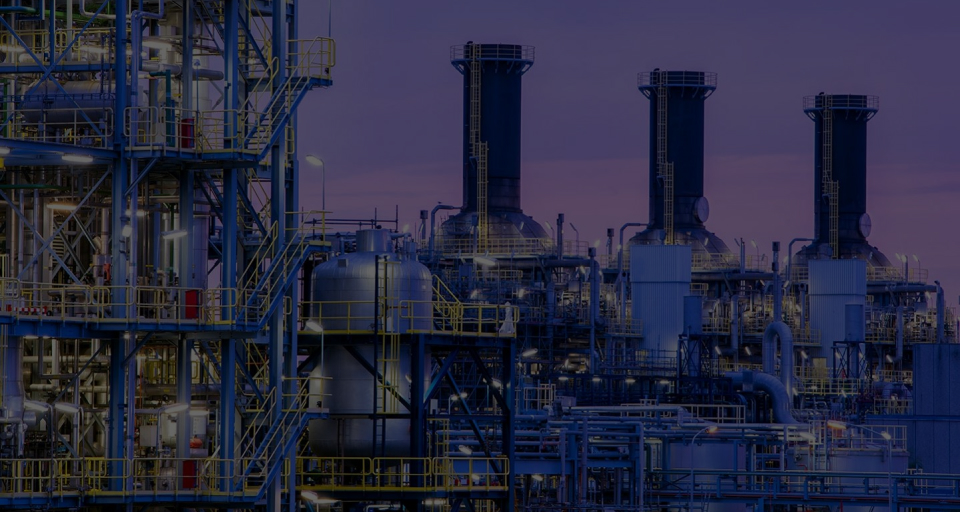Since warehouses are a place that faces constant evolution and changing in size and commodity, warehouse fire protection
January 10, 2024
Since warehouses are a place that faces constant evolution and changing in size and commodity, warehouse fire protection can be a tough thing to handle. Now, managing a warehouse is one thing with regards to inventory and upkeep, and different when it comes to fire protection and serious stuff like that. For this, warehouse owners must get professional consultancy and services. Also, if the warehouse expands or starts stocking a different commodity than the ones listed, a fire warehouse consultant can be helpful to ensure that it still lands in the safe bracket.
There can be a lot of reasons for warehouse fires. Out of those, the five major causes are:
- Arson
- Electrical
- Smoking materials
- Exposure to fires
- Heating of equipment
Statistics show that a good number of warehouses that caught fire had fire sprinklers installed, and fortunately, most of the sprinklers were in good working condition. It saved several precious lives and a good deal of warehouse property and stocked goods.
Hold on! we are leading to answer the queries in your mind. A lot of you must be thinking that what are fire suppression systems and how do they work. Jumping to that explanation right away!
Now, this may be a little surprising for you, but there is a difference between sprinklers and fire suppression systems. To choose an appropriate fire suppression system, you should have know-how about its working.
A fire suppression system is a group of units that are built to extinguish fires through the application of a substance. Most commonly, a fire suppression system has built-in components that sense a fire breaks out through heat, smoke, and other warning signals. The units are further attached to an alarm system that sets off an alarm when it detects a fire and initiates steps to suppress the fire. An ideal fire suppression system will automatically release chemicals that may help in alleviating the fire; however, some systems require manual activation.
Some of the most commonly used systems are:
CLEAN AGENT FIRE SUPPRESSION SYSTEMSClean Agent fire suppression systems use environmentally friendly chemical reagents to extinguish fires in sensitive spaces like data centers. The clean-up is minimal, water-free, and safe for the environment.
RESTAURANT FIRE SUPPRESSION SYSTEMSRestaurant fire suppression systems are purpose-built to extinguish fires fueled by grease and in a kitchen environment. They use wet chemicals in a fine mist to quickly extinguish fires and offer a quicker clean-up than dry chemicals.
INDUSTRIAL FIRE SUPPRESSION SYSTEMSIndustrial plants are high hazard environments and industrial fire suppression systems are designed to extinguish fires fueled by chemicals, liquid fuels, or hazardous materials. For this reason, industrial fire suppression systems use dry chemicals.
SPRINKLERS, THE SAVIORSThe fire suppression landscape has changed enormously over the years; however, the technology behind sprinklers has been mostly unchanged for decades now. Even today, a temperature of more than 68 degrees causes a bulb in the nozzle to fracture, discharging water through the sprinkler. The quicker this happens, the better, and this hardware is hands down the best for controlling or ideally extinguishing a fire as soon as possible. A fully-functioning and well-maintained sprinkler system should prevent fires from ever getting out of control, even in a large and complex environment like a warehouse.
Now imagine taking this age-old technology a step higher. The system has not changed, who said we cannot add an intelligent system to the already existing sprinkler system and render it more useful? By connecting sprinkler systems to intelligent devices throughout the building, safety teams monitor data from offsite and receive regular updates on any anomalies or alerts. This has multiple benefits; increased safety for people and assets in the warehouse, reduced need for on-site teams to physically investigate incidents, and improved convenience for on-duty safety personnel.
Moreover, a connected sprinkler system can perform basic analysis on an activated unit along with other safety systems to establish whether it is or was a real fire, and assess its severity.
Although this technology is currently not very common in most warehouses, the idea is sure to be a hit and will soon be a part of almost all systems.
Last word:While choosing a professional for the fire suppression plan of your warehouse you should consider its level of expertise and knowledge of the overall fire suppression system offering. This is a crucial part of the decision process as careful consideration and planning should go into every step of the job. Consider a company with a history of providing cutting-edge fire suppression solutions, which will allow contractors to benefit from expert consultation and technical support from the very beginning.
Have you heard about the INE group’s firepro system? They offer some of the best and properly designed fire suppression systems.
Recent Blogs
Sikla; For The Good Of Strong Building Foundation
January 10, 2024


